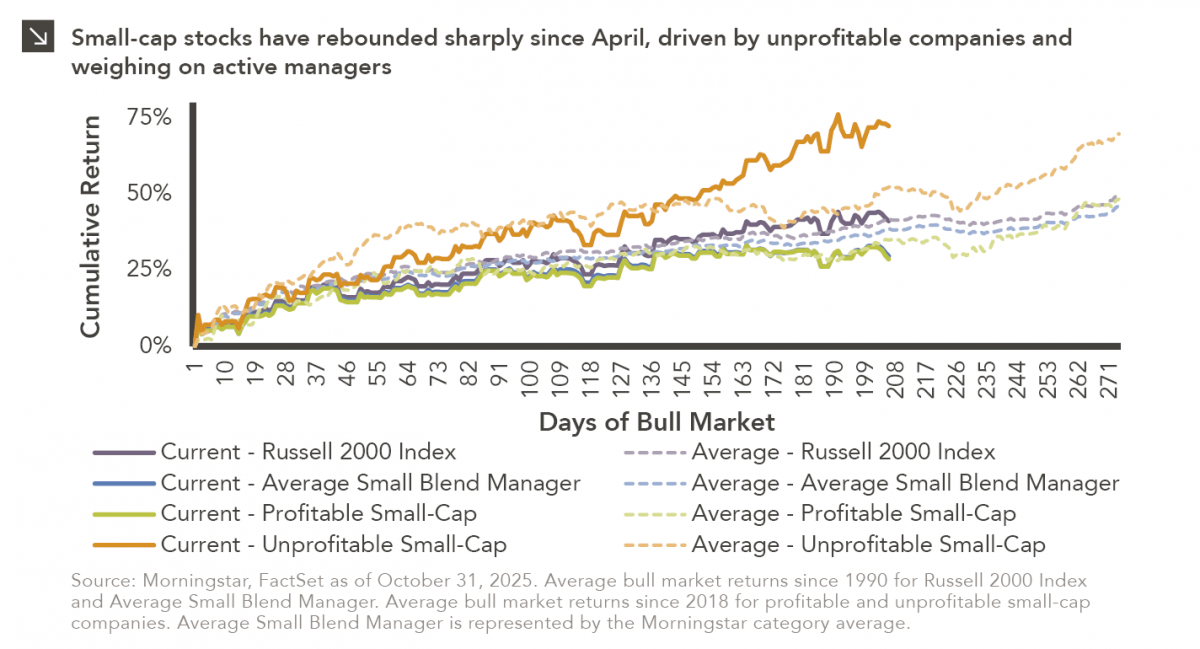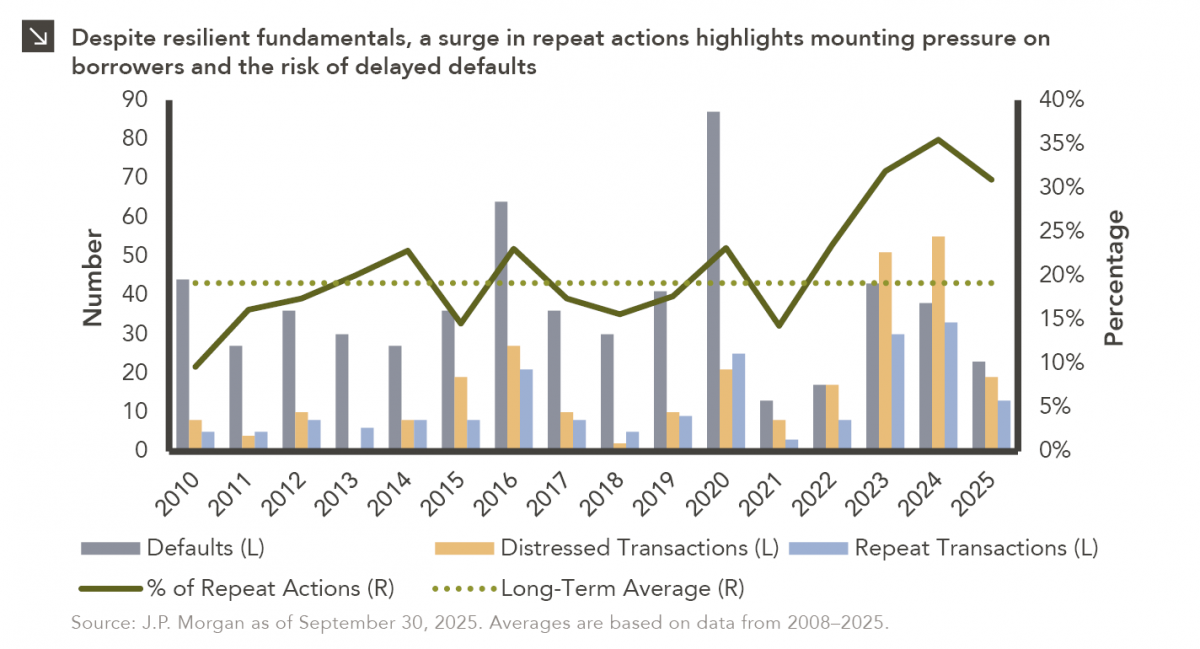Frank Valle, CFA, CAIA
Associate Director of Fixed Income



In the movie Top Gun, Charlie asks Maverick, “Well if you were directly above him, how could you see him?” Maverick’s response left Charlie in a state of shock: “I was inverted.” That same sense of shock hit bond investors as the Treasury curve inversion breached 100bps on March 7. Treasury curves are normally upward sloping with shorter maturity notes having lower interest rates than longer maturity bonds. The spread between 2-year Treasuries and 10-year Treasuries is a commonly cited statistic to describe the shape of the Treasury curve, with the 2-year note sensitive to Fed policy and the 10-year note driven by economic growth and inflation.
Treasury curves generally flatten when the fed funds rate rises, via a rise in the 2-year yield, and steepen when the fed funds rate falls, via a lower 2-year yield. A flattened Treasury curve typically steepens as higher rates drive up unemployment and push the economy toward recession, leading the Fed to cut rates. Though less likely, a flat curve could also steepen via rising back-end rates, which would require strong global growth forecasts with natural levels of inflation and unemployment.
The Fed first started to raise rates in 2016 after holding near zero following the Global Financial Crisis. The curve started to flatten and the spread between twos and tens approached zero. The Fed eased off its slow hiking cycle in 2019 and the curve started steepening. In 2020 as COVID hit, the Fed quickly took the fed funds rate to zero and pushed the curve to 50bps. The curve further steepened as back-end rates moved higher with inflation, to a peak of 158bps in 2021. With heightened inflation proving to be more sustainable than initially expected, the curve started to flatten as the market anticipated rate hikes. As the Fed continued to raise rates throughout 2022, the curve moved from flat to inverted, hitting -56bps by year-end.
While 2023 has seen the magnitude of rate hikes slow, the Fed has reiterated that it would maintain its restrictive policy stance until inflation was tamed. After a hot jobs number and an unexpected pickup in PCE inflation, the curve hit its most inverted — -109bps on March 8. Days later, two regional U.S. bank failures (Silicon Valley Bank and Signature Bank), the collapse of Credit Suisse, and the subsequent change in tone from Fed Chairman Powell at the FOMC’s March meeting led to expectations that the hiking cycle is near its end, causing the Treasury curve to steepen. The curve hit -40bps before returning to -60bps to end the first quarter. So far, the curve steepening has followed typical patterns — the 2-year fell by 68bps in March, while the 10-year was down 38bps.
The shape of the Treasury curve varies over time. Market forces are more impactful further out on the curve, but short-term rates are heavily impacted by Fed policy. The curve flattened and then inverted as the Fed raised rates. While no one has a crystal ball, the most likely outcome from here is that the curve will steepen once the Fed starts cutting rates, causing the 2-year to follow.
Print PDF > The Link Between MiGs and Treasury Curves
The opinions expressed herein are those of Marquette Associates, Inc. (“Marquette”), and are subject to change without notice. This material is not financial advice or an offer to purchase or sell any product. Marquette reserves the right to modify its current investment strategies and techniques based on changing market dynamics or client needs.

11.10.2025
Over the weekend, the Senate overcame a key procedural obstacle in its attempt to end the record-breaking government shutdown, as…

11.03.2025
Small-cap equities are in a prolonged period of underperformance relative to large-cap stocks, but this trend has shown early signs…

10.27.2025
To paraphrase a quote from former President George W. Bush: “Fool me once, shame on… shame on you. Fool me…

10.22.2025
This video is a recording of a live webinar held October 22 by Marquette’s research team analyzing the third quarter…
10.22.2025
I spent the past weekend at my alma mater to watch them play their biggest rival. Football weekends there are…

10.20.2025
This week’s chart compares institutional and retail investor sentiment using two established indicators. Institutional sentiment is represented by the National…
Research alerts keep you updated on our latest research publications. Simply enter your contact information, choose the research alerts you would like to receive and click Subscribe. Alerts will be sent as research is published.
We respect your privacy. We will never share or sell your information.
If you have questions or need further information, please contact us directly and we will respond to your inquiry within 24 hours.
Contact Us >